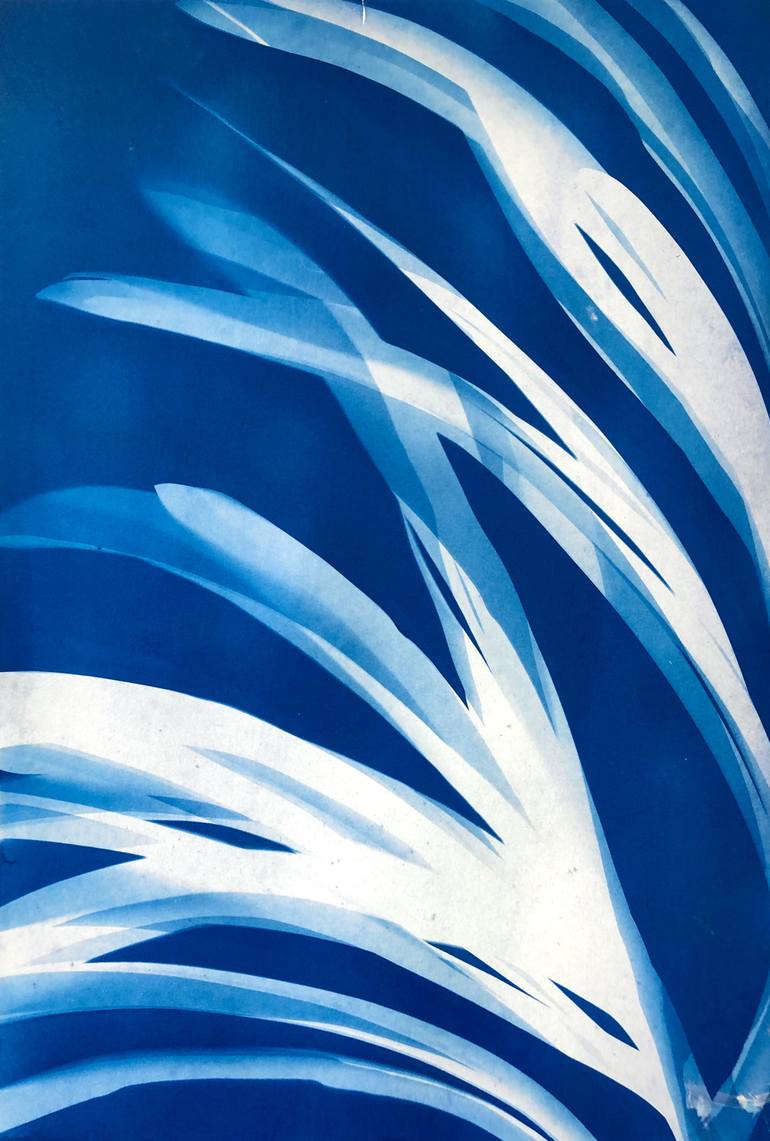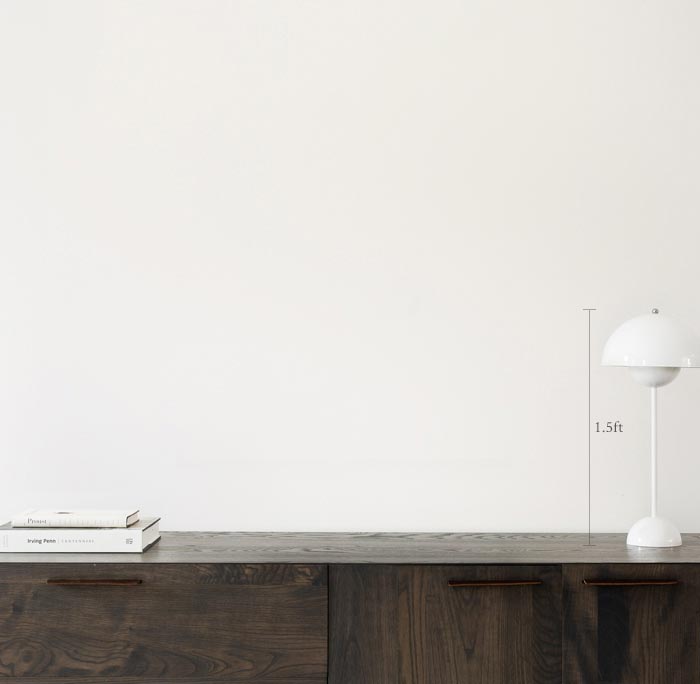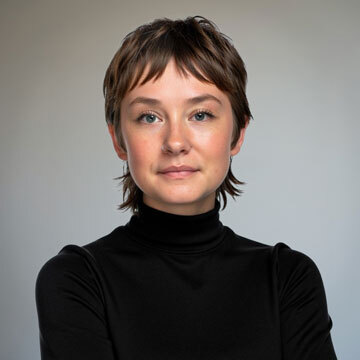







220 Views
7
View In My Room
Photography, Photogram on Paper
Size: 12 W x 16 H x 0.1 D in
Ships in a Box
$166
Shipping included
Trustpilot Score
220 Views
7
Artist Recognition

Showed at the The Other Art Fair

Artist featured in a collection
ABOUT THE ARTWORK
DETAILS AND DIMENSIONS
SHIPPING AND RETURNS
This is a triple exposure cyanotype, meaning there are three images superimposed one on top of the other, with the final one being the dominant darkest outline of the flower. A cyanotype is a kind of monochromatic cameraless photography dating back to the 1800s. The typical blueprint or sunprint i...
Year Created:
2020
Subject:
Styles:
Mediums:
Mediums:
Photography, Photogram on Paper
Rarity:
One-of-a-kind Artwork
Size:
12 W x 16 H x 0.1 D in
Ready to Hang:
Not Applicable
Frame:
Not Framed
Authenticity:
Certificate is Included
Packaging:
Ships in a Box
Delivery Cost:
Shipping is included in price.
Delivery Time:
Typically 5-7 business days for domestic shipments, 10-14 business days for international shipments.
Returns:
The purchase of photography and limited edition artworks as shipped by the artist is final sale.
Handling:
Ships in a box. Artists are responsible for packaging and adhering to Saatchi Art’s packaging guidelines.
Ships From:
United States.
Need more information?
Need more information?
Christine So
United States
Clients include: Timothée Chalamet, Starbucks, Ritz Carlton, Mayo Clinic, Jumaira Resort (Dubai), Wyndham Worldmark Hotels, Kimpton Hotel Monaco, Evercore NY, Apollo Global Management, NY, Mazars Accounting NY, Limelight Mammoth Hotel & Residences, MD Anderson Hospital, Houston Methodist Hospital, Oakland International Airport. Christine So is a painter, photographer and printmaker living across the San Francisco Bay in the hills of Oakland, California. Her works are heavily inspired by the woods where she has lived and hiked for decades. She works in acrylic and in the antique photographic process of cyanotypes. She creates botanical and abstract prints without a camera lens, as well as hand-printed landscape photographs of the foggy woods where she lives. Whether it’s painting, printmaking, or photography, her work is always nature-inspired and nearly always monochromatic. She has worked in a dozen mediums, cycling back and forth from painting to printmaking to cyanotype, applying effects from one medium to the next. She bridges the mediums of photography, monoprinting and painting. Her favorite question when working in the antique photographic process of cyanotypes is “What would happen if…?” She has devised a range of atypical techniques using the cyanotype process. Arguably the most striking of her unique methods are her cyanotype paintings in her Delft Garden series. The painted silhouettes of plants each contain an intricate blue and white pattern within them when viewed up close.The lengthy process begins as a pencil drawing which is then painted in–not with ink or paint–but with the cyanotype light-sensitive mixture in a dark room. It’s a tricky process as it’s hard to see what one is painting in very dim light. Days later once the photography chemicals have dried in the painting, she lays plants on top of the painted silhouette in a pattern that will leave gaps similar to lace. She then carefully moves the entire bundle outside and exposes the pattern to sunlight to create the image-within-the-image. The blue and white pattern seen in each leaf resembles painted Delft pottery, thus the title of this series: Delft Garden. Another of the artist’s innovative techniques is her series of completely abstract cyanotypes printed without photo negatives or stencils.
Artist Recognition

Handpicked to show at The Other Art Fair presented by Saatchi Art in Los Angeles

Artist featured by Saatchi Art in a collection
Why Saatchi Art?
Thousands of
5-Star Reviews
We deliver world-class customer service to all of our art buyers.
Global Selection of Original Art
Explore an unparalleled artwork selection from around the world.
Satisfaction Guaranteed
Our 14-day satisfaction guarantee allows you to buy with confidence.
Support Emerging Artists
We pay our artists more on every sale than other galleries.
